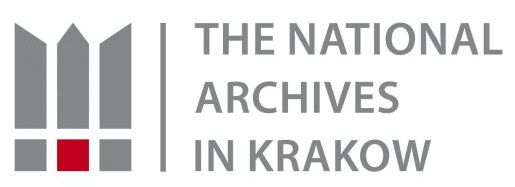A MODERN TOWN
From the events of the Royal Free Town of Podgórze 1784–1915
The particularly beneficial location at the crossroads of trade routes leading to Hungary and Silesia stimulated the development of a settlement on the south bank of the Vistula. By the Wielicka Bridge, mills and other buildings were constructed, in which salt and other goods for sale were stored. Travellers heading towards Kraków stayed in nearby inns. The setting of the border along the Vistula after the partitions only strengthened the existing procedure. In order to avoid paying border duties, merchants avoided Kraków and transferred their business to Podgórze, thereby contributing to its rapid growth.
The Habsburgs, seeing the success of the state in modern trade, actively supported those who decided to develop it. Merchants settling in the new town were granted freedoms and tax relief. Those who best served the development of trade in Galicia could attempt to obtain the title of nobleman. All privileges connected with this, such as the right to purchase and possess property, were possible to connect with the profession of merchant.
The town leaders obtained the exclusive rights to grant concessions for the production and sale of alcohol. Other trade objects were not subject to such restrictions.
On 23 November 1839, Ferdinand I, the Emperor of Austria, gave Podgórze privileges, in which he allowed the organization of twelve one-day ordinary markets during a year. The town also obtained the right to organize markets for cattle, swine and horses twice a week, on Tuesday and Friday.
In order to ensure sanitary conditions, the leaders of Podgórze decided to build a modern trading place. In 1877, a town ice house was cut out of rock, designed by the engineer Rudolf Pawikowski. Filled with ice obtained from the Vistula, it served merchants and the shopkeepers of Podgórze to cool and conserve goods. In the square at the crossroads of the 3 Maja, Kalwaryjska and Rejtana streets, a trade hall was built in which there were stalls and butcher shops. In the 1890s, in the neighbourhood of the Baruch Mill, a market designated exclusively for bulls was established. A modern town slaughterhouse together with a market and grazing area for bulls was created in 1903 in Zabłocie. In 1910 a railway line was connected to it, a hold was built and the new Podgórze-Wisła station was opened.
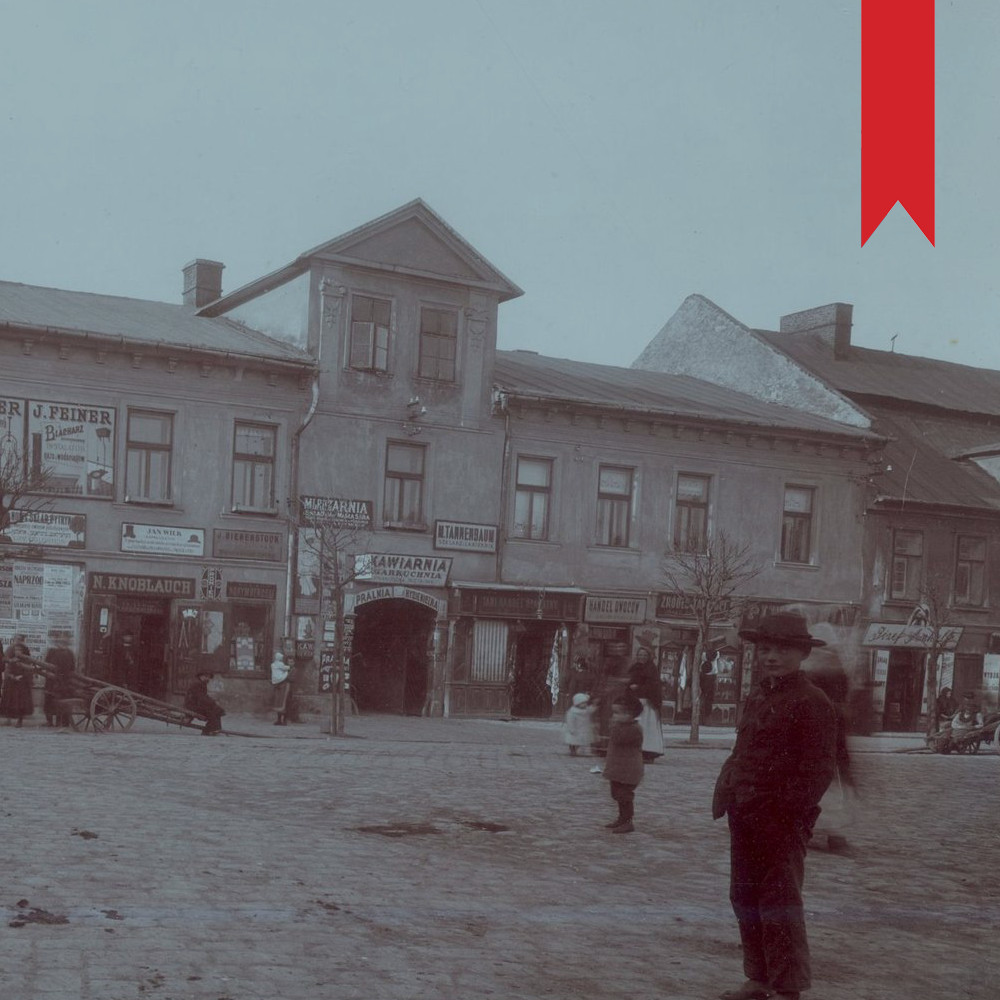
An inn – House under the Deer at 12 Podgórze Market Square
(ANK, ref. no. A-V-1406)
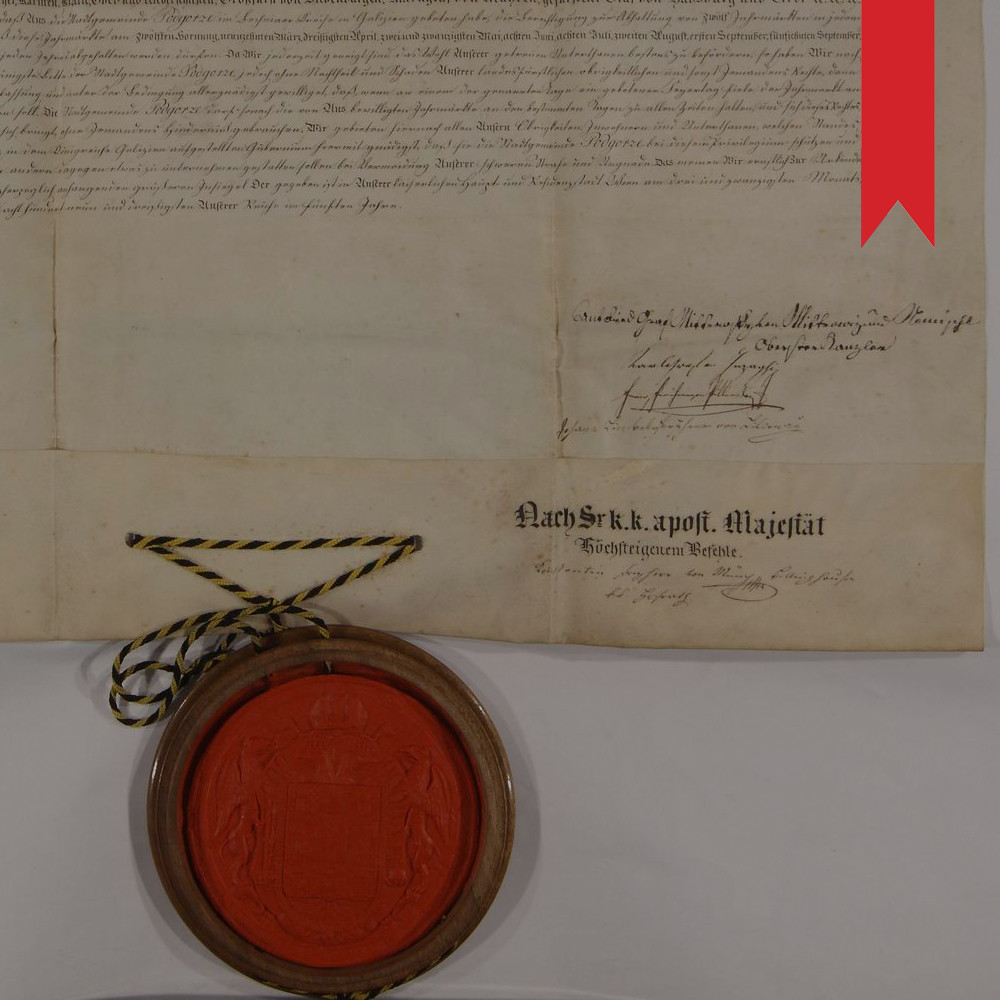
Ferdinand I, Emperor of Austria, allowed the town of Podgórze to organize 12 markets each year, Vienna, 23 October 1839
(ANK, ref. no. 29/657/1097)
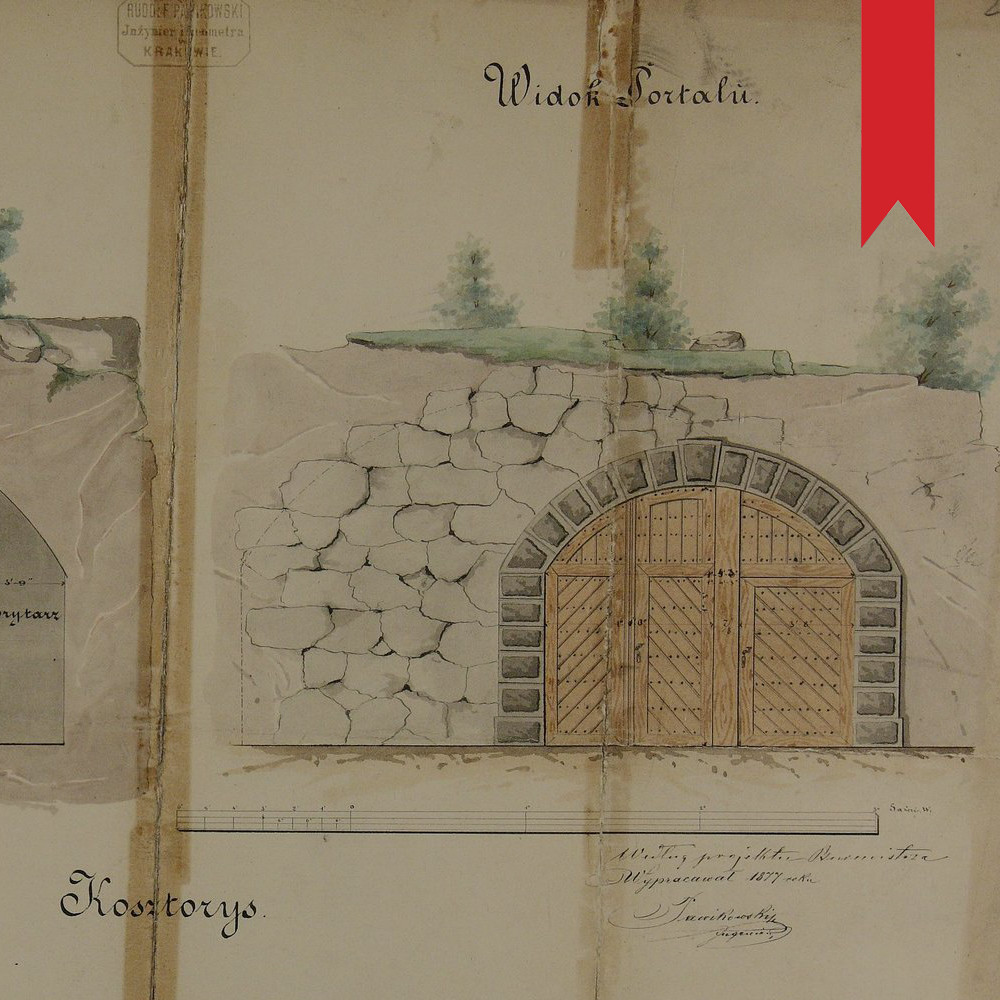
Plan of the town ice house – entrance, 1877
(ANK, ref. no. ABM ul. Zamojskiego 4-6, f 1026, pl 1)
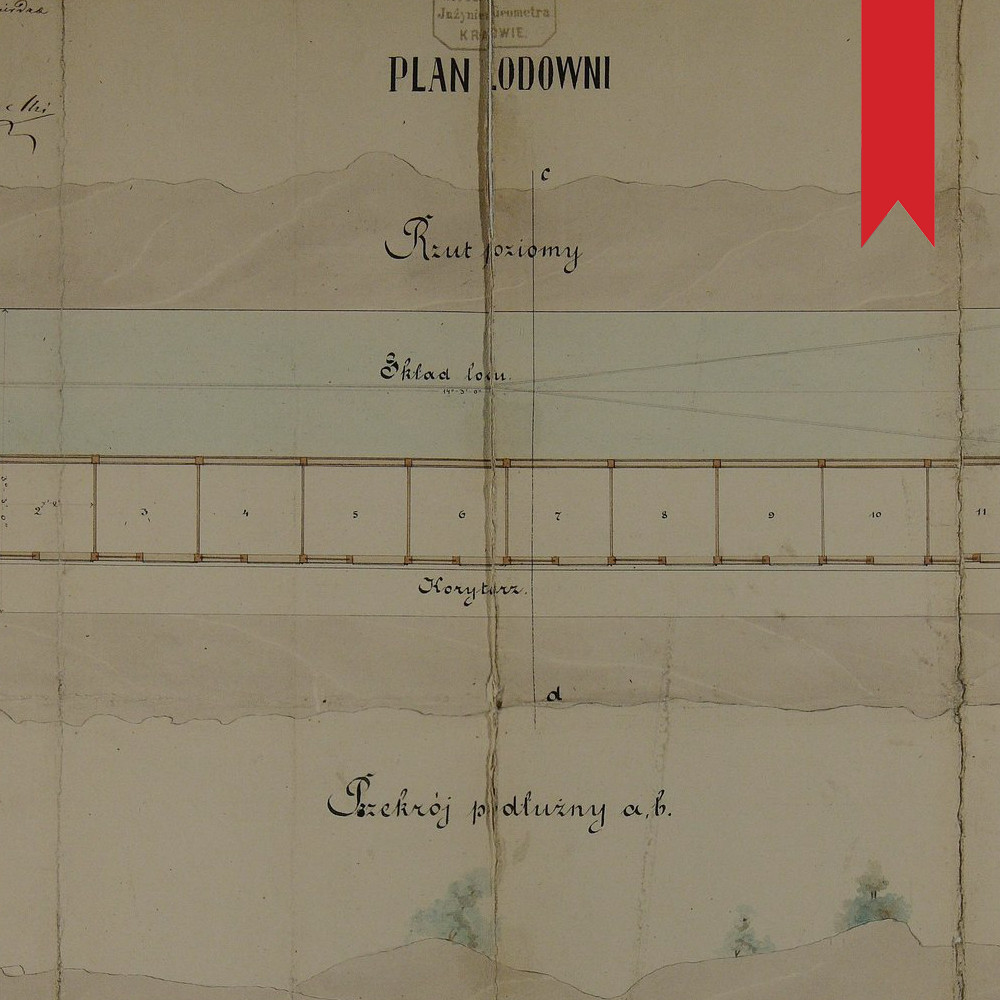
Plan of the town ice house – transverse sketch, 1877
(ANK, ref. no. ABM ul. Zamojskiego 4-6, f 1026, pl 2)
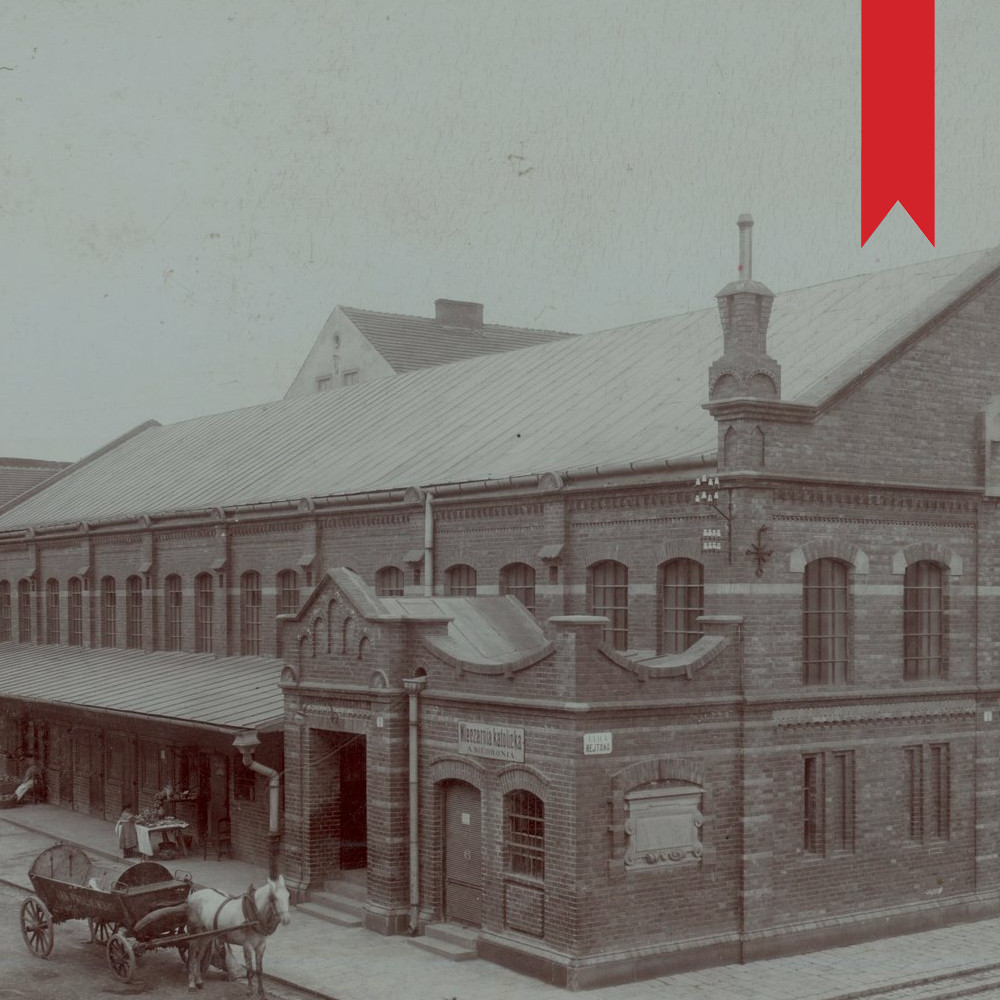
Trade Hall in Podgórze at the crossroads of 3 Maja, Kalwaryjska and Rejtana
(ANK, ref. no. A-V-1390)
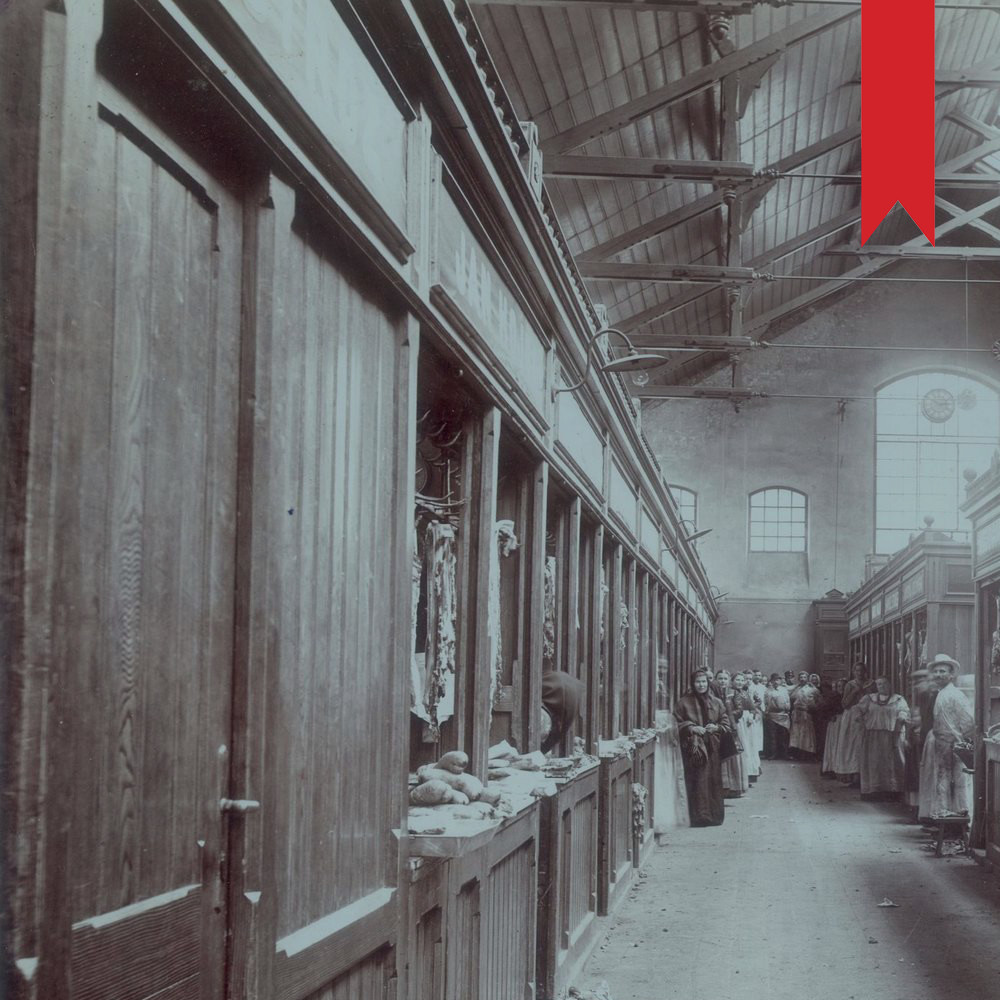
Trade Hall in Podgórze – interior
(ANK, ref. no. A-V-1390)
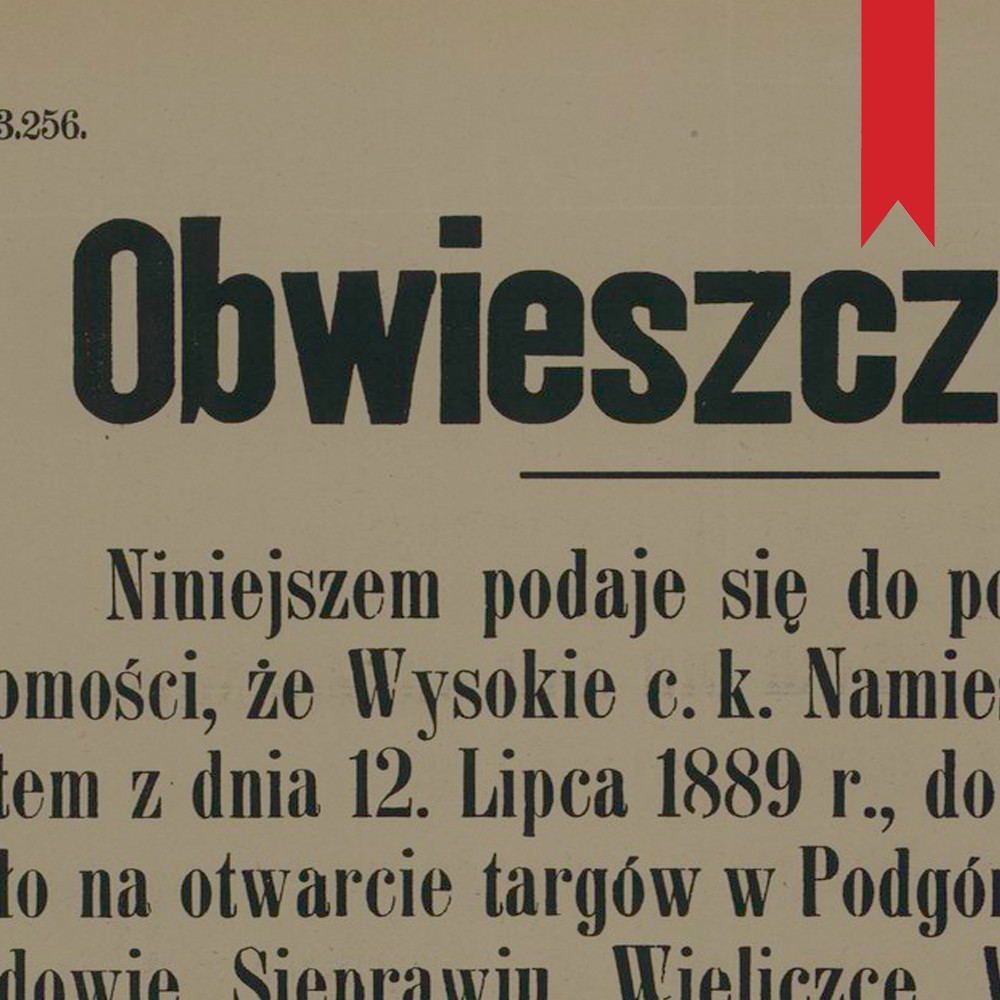
Announcement of the Town Hall of Podgórze from 17 July 1888 concerning the reopening of the market in Podgórze
(ANK, ref. no. 29/53/57, p. 627)
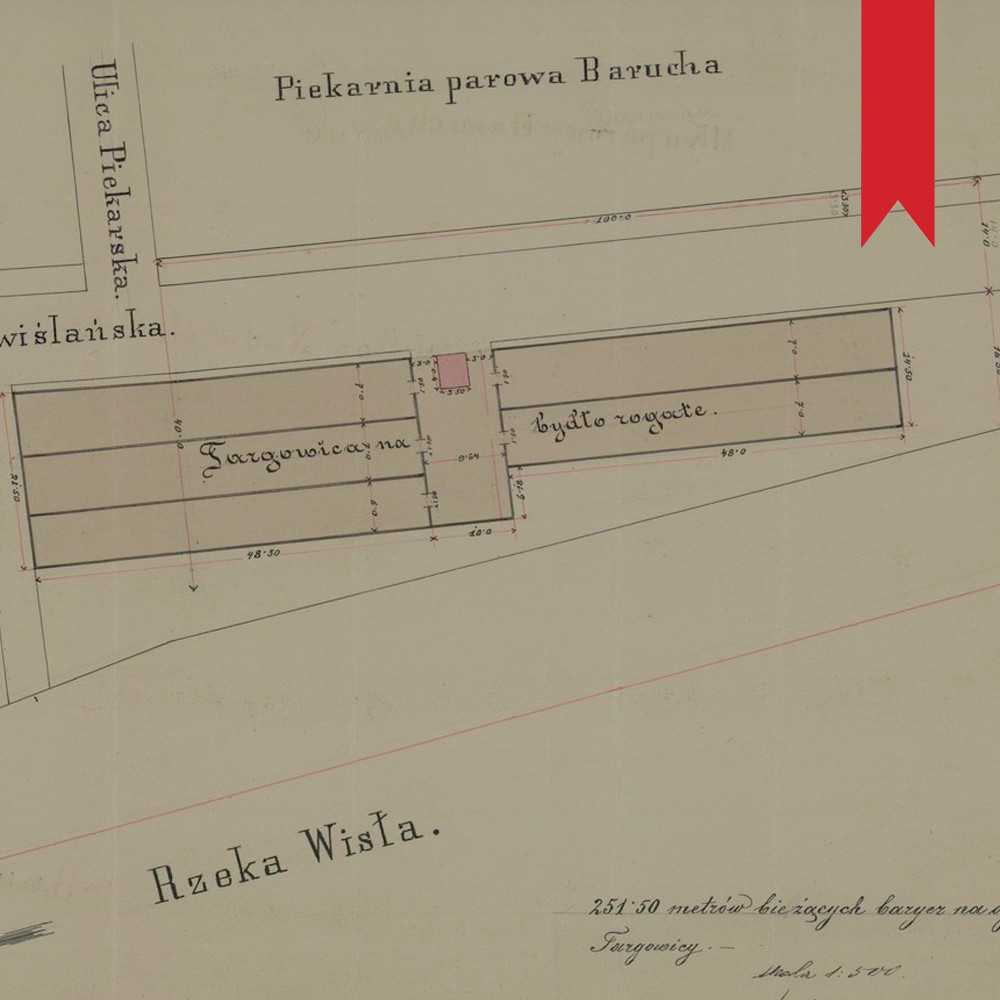
Plan of the first bull market on Nadwiślańska Street, 1893
(ANK, ref. no. 29/53/57, p. 23)
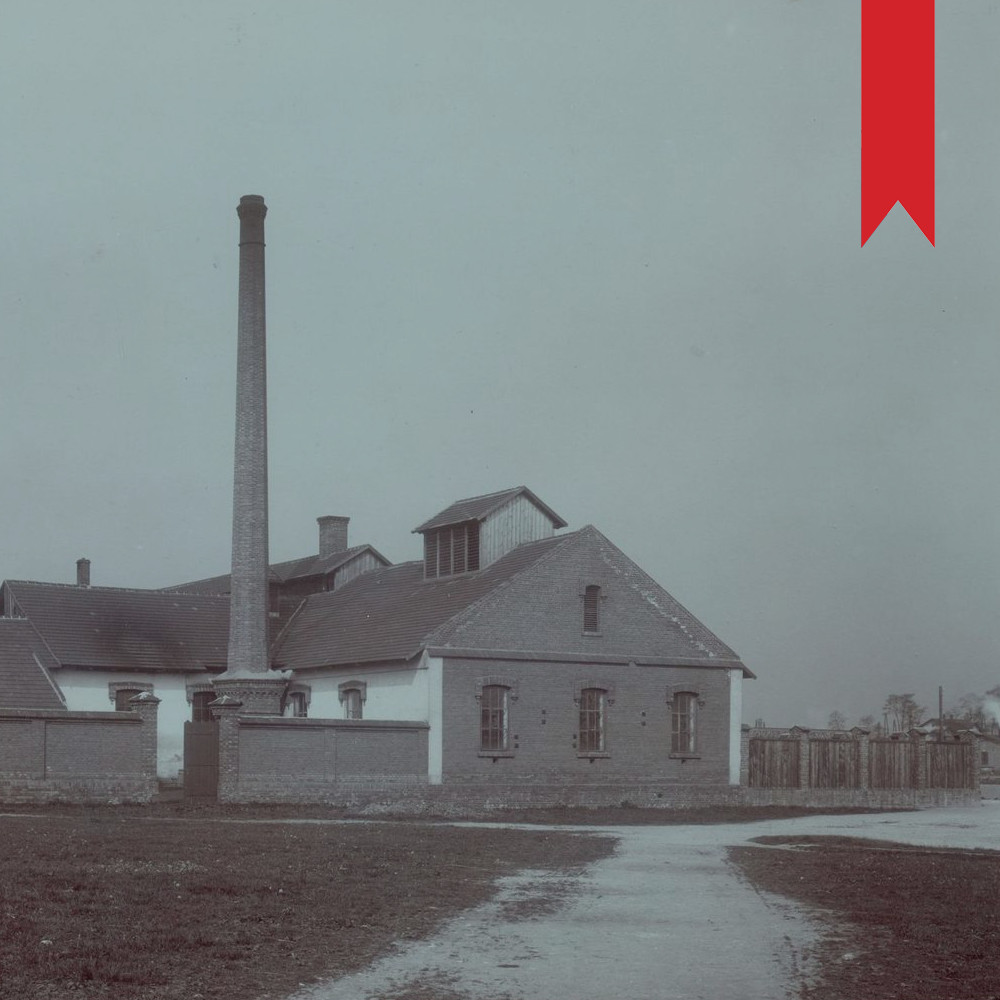
Town slaughterhouse in Podgórze
(ANK, ref. no. A-V-1362)
